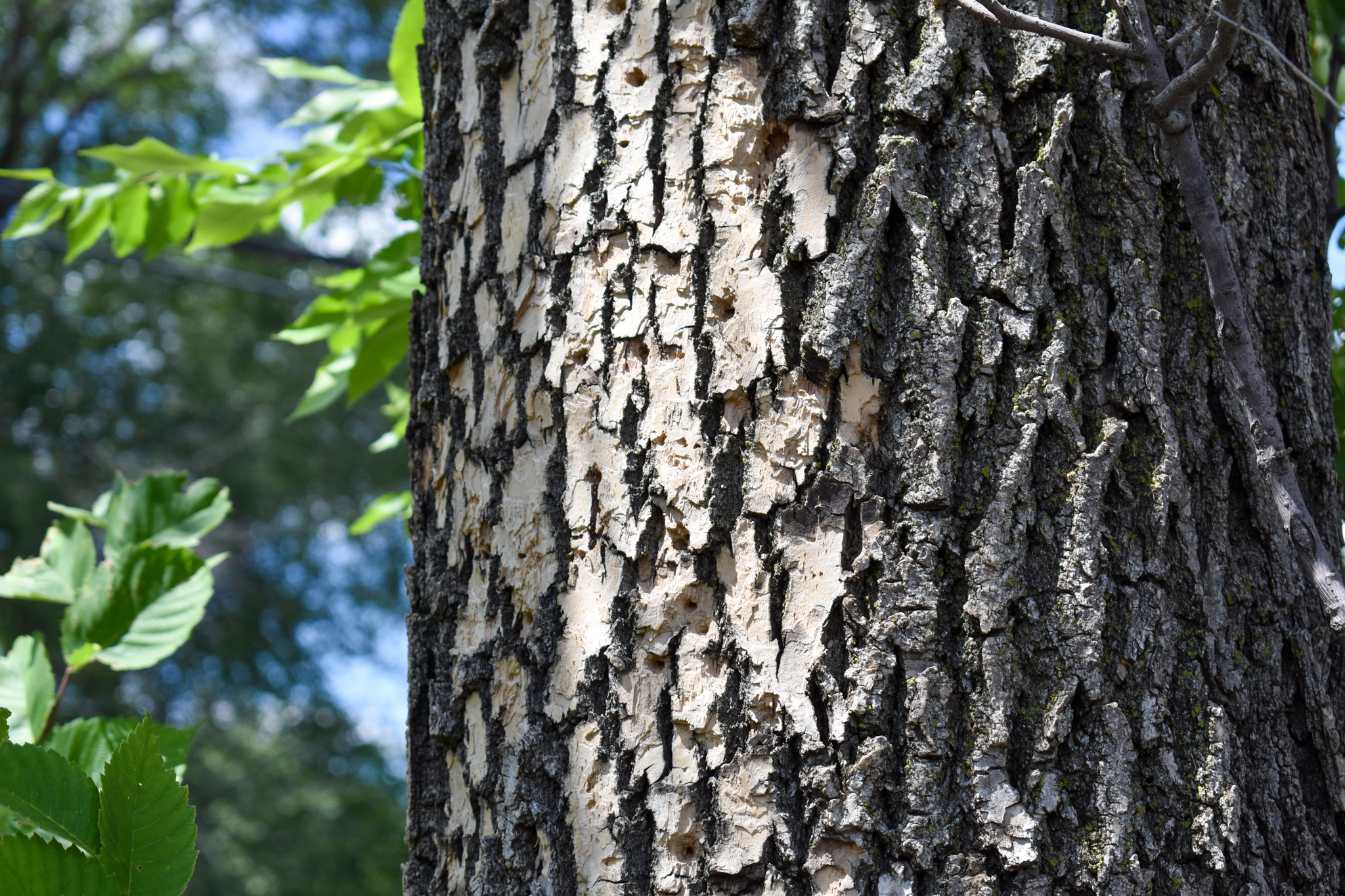Help Slow Down the Spread of Emerald Ash Borer
Help slow the spread of Emerald Ash Borer (EAB) in Columbia Heights with just a simple phone call. For some ash trees in the City, it may be too late, but there are still plenty of ash trees that could be saved if residents act fast.
Emerald Ash Borer Verified In Columbia Heights
The Emerald Ash Borer beetle was officially confirmed in Columbia Heights July 2019. The DNR estimates that more than 5,000 ash trees are growing in the City, and the vast majority of those are on private properties.
Rainbow Treecare Program
Through a partnership with Rainbow Treecare, the City has secured a bulk discount for all residents interested in treating and preserving their ash trees. In 2020, over 100 residents took advantage of this cost-saving opportunity. Residents can contact Rainbow Treecare for more information about EAB preventative methods. Call 952-767-6920 or visit rainbowtreecare.com/Columbia-heights.
Identifying Infestations
Residents are encouraged to look at their ash trees for signs of EAB. Checking for EAB, reporting possible infestations, and following quarantines can slow the spread of EAB.
- When checking for EAB: Be sure you’ve identified an ash tree. EAB only feeds on ash trees.
- Look for woodpecker damage. Woodpeckers like EAB larvae and woodpecker holes may indicate the presence of EAB.
- Check for bark cracks. EAB larvae tunneling under the bark can cause the bark to split open, revealing the larval (S-shaped) tunnels underneath.
- Look for branches spouting from the middle of tree while top branches are thinning.

(Blonding of the bark and woodpecker holes can be seen in the photo above.)

(Branches thinning at the top of the tree can be seen in the photo above.)
What This Means For Your Ash Trees?
There’s little time to spare. Untreated ash trees in Columbia Heights will likely die within the next two to five years. If they’re already showing noticeable signs of infestation, it’s probably too late for preventive treatment.
When ash trees show visible signs of infestation, they decline very quickly. They get brittle, more expensive to remove, and more likely to lose branches during a storm, which turns them into safety hazards and liabilities.
The management of the ash tree is the responsibility of the homeowner. The City is here to help, but ultimately the decision making and paying for the cost of the management (removal or treatment) lies within the homeowner.
Contact Information
For specific questions or free consultation, call Liam Genter, the Urban Forestry Specialist, at 763 706-3722 or email LGenter@columbiaheightsmn.gov. For questions about firewood regulations, contact the Minnesota Department of Agriculture at 651-201-6684 (metro) or 888-545-6684 (greater Minnesota).
9-17-2020
9-17-2020
